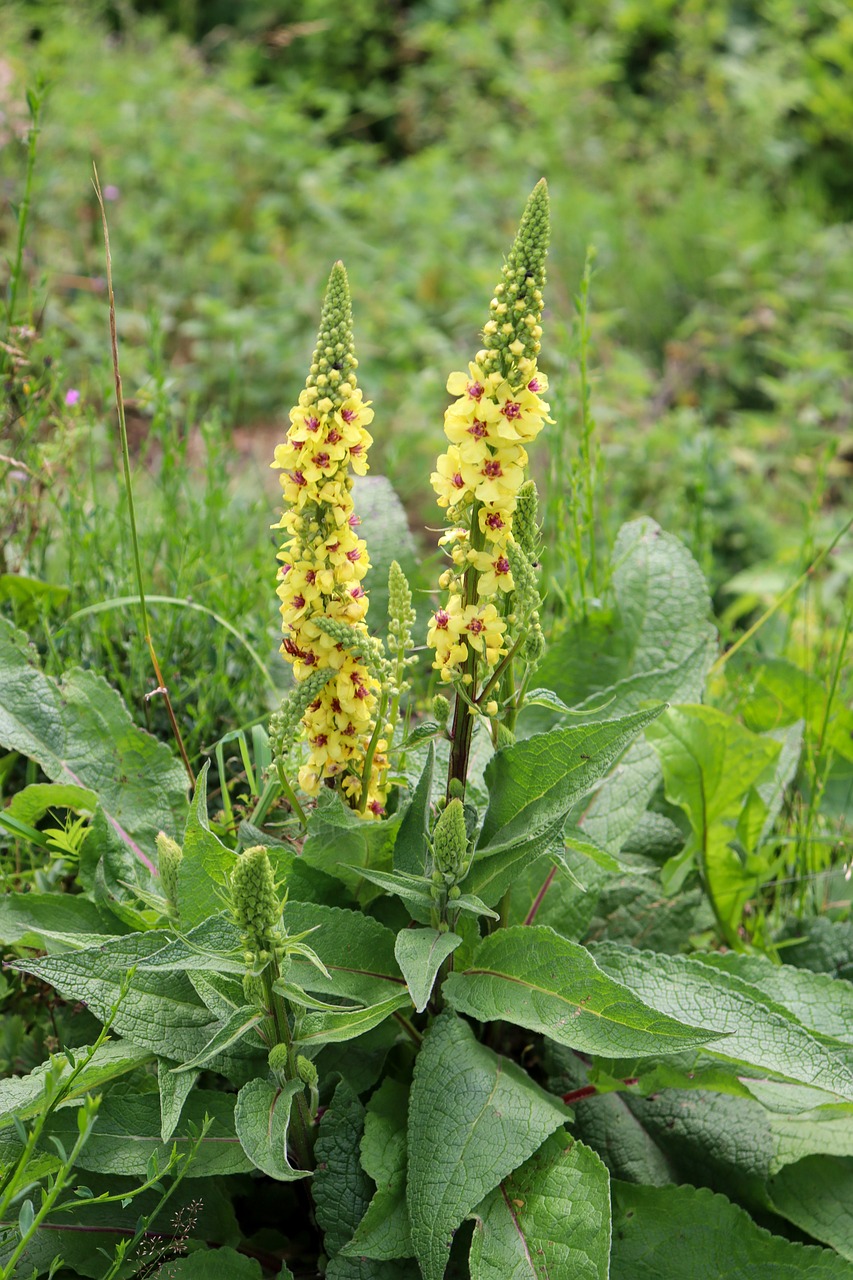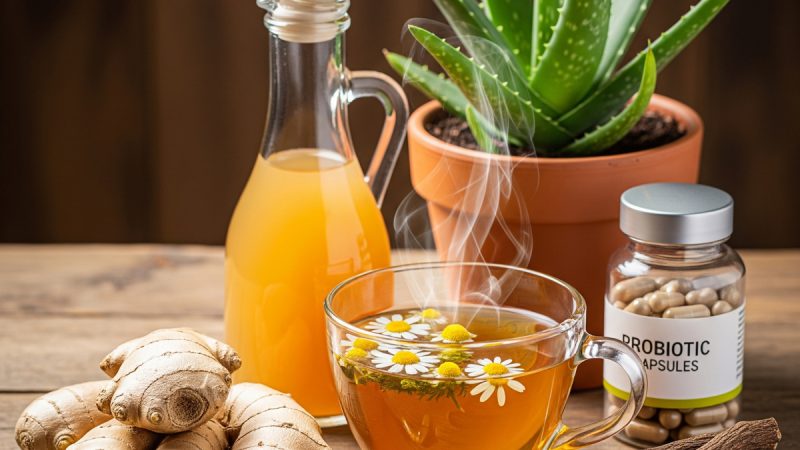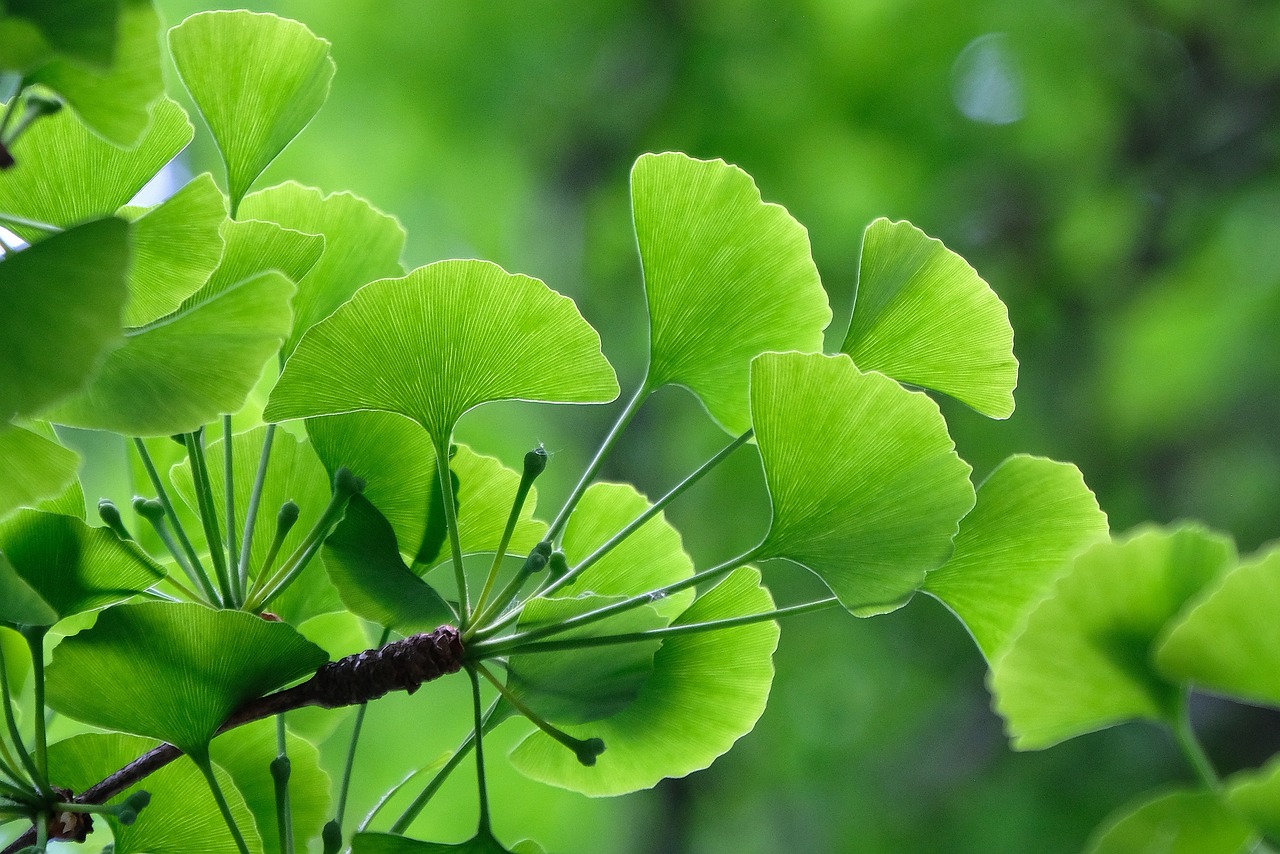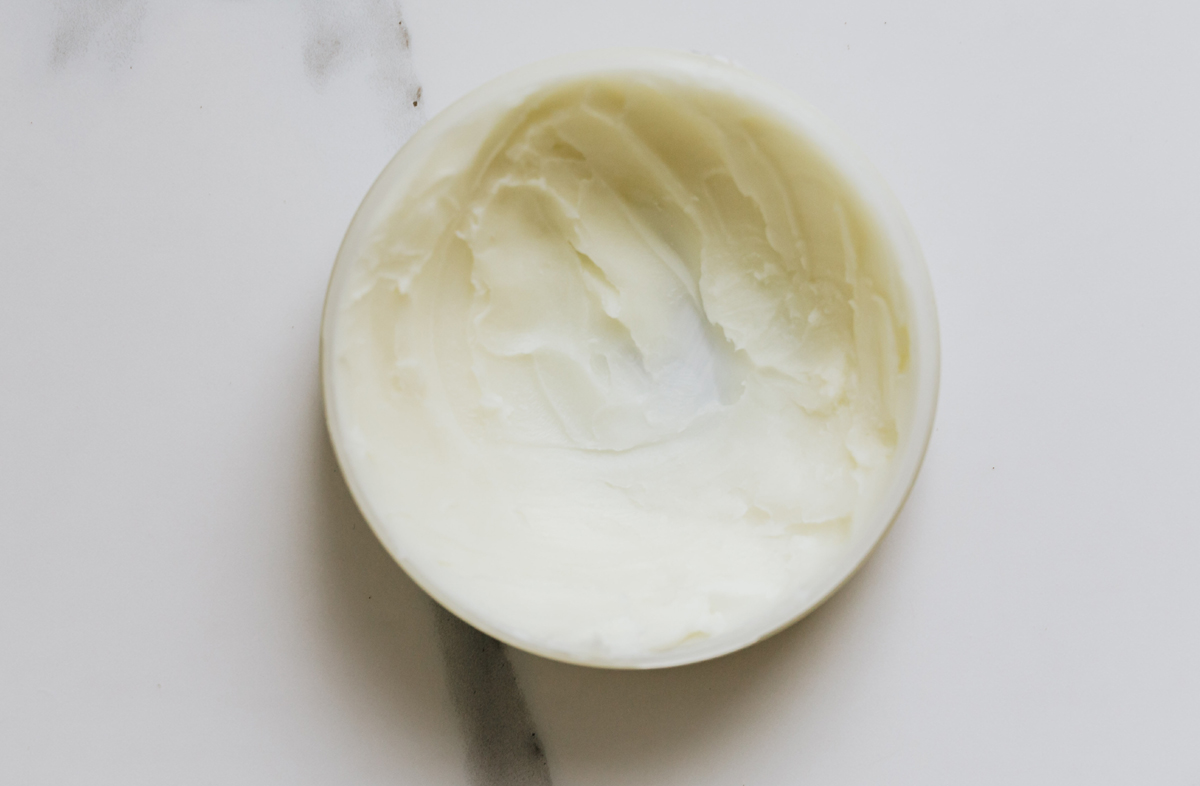Mullein – Medicinal Uses, Interactions, Side Effects, Dosage

Mullein
Common mullein, Verbascum densiflorum or V. thapsus, is known by many names, such as flannel flower and lungwort. The herb is indigenous to Europe and North Africa, but is also found in Asia and America, where the spiked, flowering heads are visible at roadsides. The yellow flowers are popular in herbal preparations; but the flannel-like leaves and the roots are also employed.
Uses and Benefits:
Mullein has traditionally been used especially to treat coughs and to aid expectoration; these applications are similar to those for the better-known coltsfoot. Mullein also has been given for multiple other indications, but currently it is of minor importance. It remains popular in some countries, including Mexico, as a soothing, demulcent treatment for asthma, bronchitis, throat irritation, and cough. It was formerly recommended for rheumatic disorders and wound therapy, and as a diuretic. Other traditional uses include skin infections and inflammation, bruises, burns, gout, ear infections, and hemorrhoids. It is allowed as a flavoring in alcoholic beverages in the United States.
Pharmacology:
The main constituent, a polysaccharide may account for 2-3% of the herbal product. It is said to be soothing to the respiratory mucosa. It may soothe the oropharyngeal receptors that mediate coughs in upper respiratory infections, but there is no evidence that tracheobronchial tree receptors are similarly affected. Other compounds include Ilavonoids, glycosides, tannins, and iridoids. Verbascoside is a unique iridoid glycoside that can inhibit aldose reductase and 5 lipoxygenase; as a consequence, it may have anti-inflammatory and antioxidant properties.
Other relevant components are various saponins (such as songarosaponins) and bitter amorphous substances. These agents may cause reflex expectoration through gastric stimulation.
In vitro studies suggest that mullein may have antiviral or fects, and it may potentiate the anti-influenza virus action of amantadine in tissue culture
Clinical Trials:
No controlled clinical studies have been carrio(j out on mullein or its individual constituents,
Adverse Effects:
Adverse reactions have not been reported, and are unlikely to result when conventional doses are used.
Side Effects and Interactions:
No drug interactions are recognized.
Cautions:
A mullein herbal preparation from the flowers, calloel gordolobo yerba in Mexico, was reported to have been contami nated with Senecio longilobus, which contains hepatotoxic pyrolizidine alkaloids.
Preparations & Doses:
Infusions can be made from mullein, and a total dose of 3-4 g/day of the dried flowers or leaves has been recommended. Similar or smaller amounts of mullein are recommended for herbal teas; fluid extracts and tinctures are also available.
Summary Evaluation
Mullein is a harmless herb that is mainly used as a throat lozenge and mild cough suppressant, and for its possible expectorant effect. It has not been clinically studied, and it is unlikely to be of significant value.
The Author:
Steve Mathew is a writer, who writes many great articles on herbal medicines for common ailments and diseases.









how do you prepare Mullein for bronchitis or loosing mucus ?
For bronchitis: Steep 1 to 2 teaspoons of dried Mullein leaves in 1 cup of boiling water for 10 minutes, then strain the mixture. Drink 1-2 cups a day.